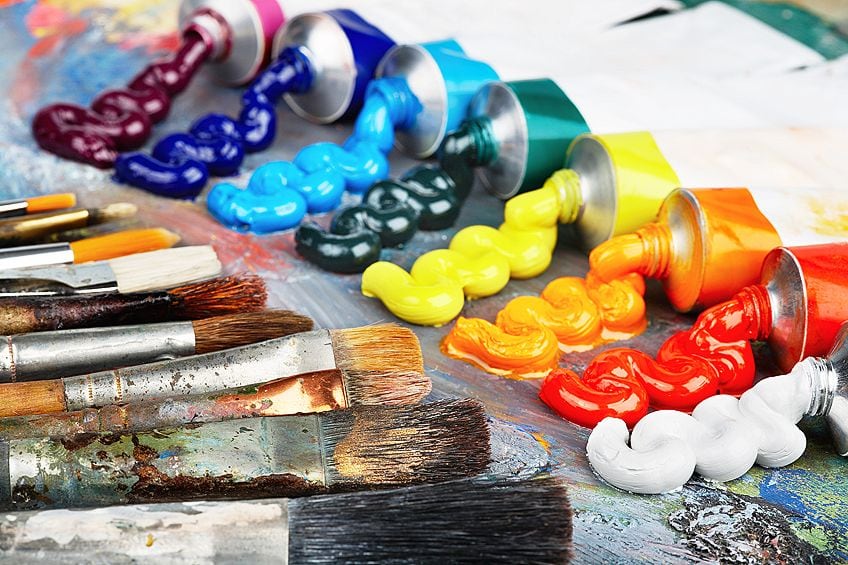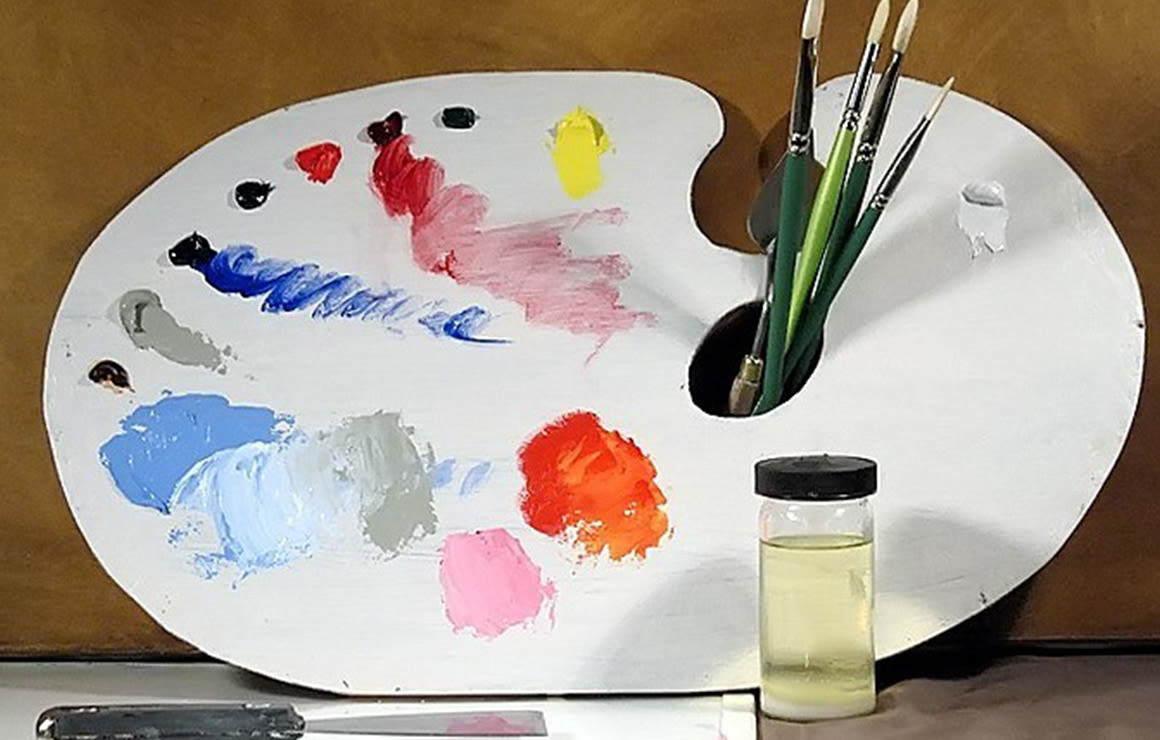In the realm of traditional painting, the partnership between oil brushes and oil paint colors has long been hailed as a cornerstone of artistic expression. In this blog, we embark on a journey to explore the exquisite craftsmanship of oil brushes and the rich, nuanced palette of oil paint colors, uncovering the unique attributes that have made this combination timeless in the world of fine art.
Oil Brushes: The Artisan’s Tool
Quality Craftsmanship:
Oil brushes, crafted with precision and artistry, are essential tools for artists working with oil paints. These brushes come in various shapes and sizes, each meticulously designed to serve a specific purpose. From broad and flat brushes for covering large areas to fine-tipped rounds for intricate details, the craftsmanship of oil brushes plays a pivotal role in the artist’s ability to bring their vision to life.
Natural Bristles for Authenticity:
Many oil brushes feature natural bristles, often derived from hog hair, sable, or other animal hair. These bristles provide a unique texture and resilience that complements the properties of oil paint. The natural bristles hold and release paint in a way that allows artists to achieve expressive brushstrokes and build up layers with a distinct tactile quality.
Versatility in Shapes:
Oil brushes come in an array of shapes, including flat, round, filbert, and bright, among others. Each shape offers a different range of strokes and textures. Artists can choose brushes based on the specific demands of their artwork, whether it be the sweeping strokes of a flat brush or the precise detailing facilitated by a fine round brush.
Durability and Longevity:
The durability of oil brushes is a key factor in their appeal to artists. When cared for properly, these brushes can withstand the rigors of frequent use, providing artists with reliable tools that endure over time. The longevity of oil brushes makes them valuable investments for artists committed to honing their craft.
Oil Paint Colors: The Symphony of Hues
Rich Pigmentation:
Oil paint colors are renowned for their rich pigmentation, offering a depth and intensity that is unparalleled in the world of painting. The pigments used in oil paints are finely ground and suspended in a binder, typically linseed oil. This meticulous preparation results in colors that retain their vibrancy over time, creating artworks that stand the test of time.
Blendability and Mixing Potential:
The slow drying time of oil paints provides artists with an extended working period, allowing for intricate blending and color mixing on the canvas. Artists can achieve a wide spectrum of hues and tones by layering and blending colors directly on the surface, giving them unparalleled control over the final appearance of their artwork.
Impasto and Texture:
Oil paints are well-suited for creating textured surfaces, thanks to their thick consistency and slow drying time. Artists can use palette knives or various brush techniques to build up impasto layers, adding a tactile dimension to their paintings. This capacity for creating texture enhances the expressive quality of oil paintings.

Subtle Glazes and Translucency:
In addition to their opaqueness, oil paints can be manipulated to create subtle glazes and translucent effects. By diluting the paint with a medium, artists can achieve layers of color that allow light to penetrate, creating luminous and nuanced surfaces. This versatility makes oil paints suitable for a wide range of artistic styles.
The Harmonious Marriage:
The synergy between oil brushes and oil paint colors is a harmonious marriage of form and function, allowing artists to unlock the full spectrum of their creativity.
Expressive Brushwork:
The unique bristle textures of oil brushes complement the rich pigmentation of oil paints, enabling artists to express themselves through bold and expressive brushwork. Whether it’s the sweeping strokes of a large flat brush or the delicate details achieved with a fine round brush, the combination allows for a diverse range of artistic expression.
Layering and Dimension:
The slow drying time of oil paints harmonizes seamlessly with the deliberate strokes of oil brushes, facilitating the layering and building of dimension within an artwork. This collaboration results in paintings with a sense of depth, complexity, and visual interest.
Textural Mastery:
Oil brushes become instruments of textural mastery in the hands of skilled artists. From the smooth application of thinly layered glazes to the textured impasto effects achieved with palette knives and bristle brushes, the partnership between oil brushes and oil paint colors empowers artists to explore a diverse range of textures.
Conclusion:
The enduring appeal of oil brushes and oil paint colors lies in their ability to elevate artistic expression to new heights. The craftsmanship of oil brushes, combined with the luscious pigmentation and versatile properties of oil paints, creates a symbiotic relationship that has withstood the test of time.
As artists continue to explore the possibilities of this dynamic duo, the world of fine art remains enriched with the timeless beauty and boundless creativity that oil brushes and oil paint colors bring to the canvas.

